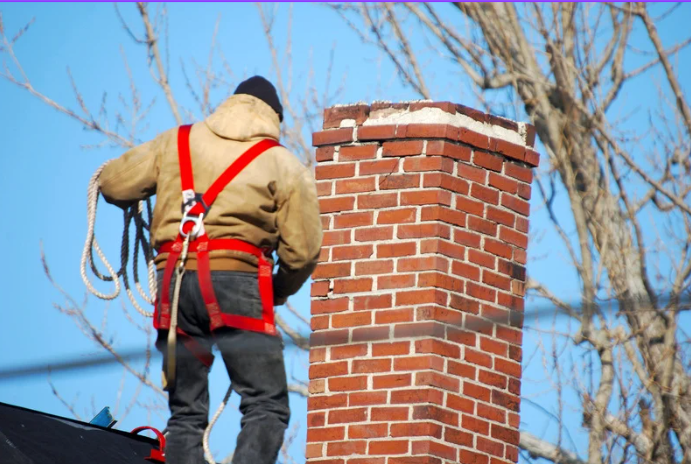How Long Do Gutters Last?
- Castle Roofing

- Jul 22
- 3 min read

After a heavy rain, have you ever looked up and noticed your gutters drooping or overflowing? That might seem minor, but it’s often the first sign that your gutter system is wearing out. Gutters play a huge role in guarding your home from water damage.
When they’re working right, they move water away from your roof, siding, and foundation. When they fail, the damage can be costly. Understanding how long gutters typically last gives homeowners a major advantage. You’ll be better prepared to schedule replacements, plan your home maintenance budget, and avoid sudden repair costs.
It’s also one more way to protect the place you call home. Castle Roofing helps homeowners make smart decisions about upkeep and replacement so your home stays safe through every season. It all starts with knowing what to expect and what signs to watch for.
Gutter lifespan isn’t just a detail. It is protection that matters.
Average Lifespan by Gutter Type
Gutters aren’t all made the same. The material makes a big difference in how long they hold up. Vinyl gutters are the most budget-friendly, but they usually last around 10 to 15 years. Aluminum is more durable, giving you 20 to 25 years when properly cared for.
Galvanized steel gutters can last 15 to 20 years but may be prone to rust over time. Copper is the premium option, lasting 50 years or longer with very little maintenance.
These numbers are general estimates. Actual gutter lifespan depends on the quality of installation, ongoing care, and exposure to harsh weather. Areas with heavy rain, snow, or high winds can wear gutters down faster.
The same goes for homes surrounded by trees, where debris buildup happens more often. Castle Roofing helps homeowners choose materials that match their home’s conditions and provides support to keep those gutters in top shape year after year.
Factors That Affect Gutter Lifespan
Gutters deal with a lot over the years. Harsh weather can wear them down quickly. Snow, ice, and storms create extra pressure that weakens the structure. Freeze-thaw cycles are especially tough, causing expansion and cracks.
Homes in these climates often see shorter gutter life.
Neglect can also be a big problem. Clogged gutters overflow and trap moisture, which damages both the gutters and the home. Regular cleanings and inspections help prevent this.
How the gutters were installed matters too. Poor slope or weak fasteners lead to sagging or leaks.
Trees nearby bring more debris. Leaves, sticks, and nests build up fast and block the flow of water. Homes with a lot of tree coverage need more frequent attention.
Castle Roofing offers inspections that look for early signs of wear or damage. Catching issues early means fewer surprises and better protection for your home when the next storm rolls in.
Signs Your Gutters Need to Be Replaced
Gutters tend to give warning signs before they fail completely. Cracks or splits, even small ones, can grow over time and let water leak through. Paint peeling away or signs of rust are clues that your gutters are holding moisture instead of draining it. If they start sagging or pulling away from the house, it usually means the fasteners have come loose or the weight of debris has caused stress.
Water that pools around the base of your home or overflows during a storm means your gutters are not doing their job. Over time, this can lead to damage along the foundation. Mold or mildew near the base of your house is another red flag.
Ignoring these problems can lead to larger repair costs down the road. If your gutters are showing one or more of these signs, Castle Roofing can inspect the system and offer a plan that fits your home's needs.
How to Extend the Life of Your Gutters
Gutters may not look like much, but with the right care, they can last for decades. Cleaning them at least twice a year is one of the most effective ways to prevent damage. Leaves, twigs, and dirt build up fast and block water flow, especially in areas with heavy tree coverage.
Installing gutter guards can reduce how often clogs form. These screens keep debris out while still letting water pass through. It's also important to make sure your gutter system drains away from the home. Water pooling near your foundation can cause long-term issues.
Routine inspections matter too. Before and after storm season, have a professional take a look. Small fixes now can save thousands later. Castle Roofing can help with seasonal inspections and maintenance plans that fit your home’s needs.
With the right upkeep, your gutters will continue protecting your home through rain, wind, and winter.




Comments